Filter by
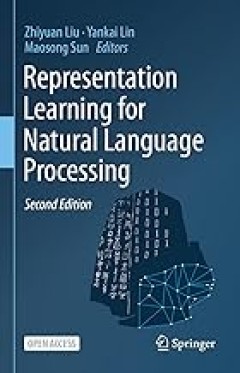
Representation Learning for Natural Language Processing
This book provides an overview of the recent advances in representation learning theory, algorithms, and applications for natural language processing (NLP), ranging from word embeddings to pre-trained language models. It is divided into four parts. Part I presents the representation learning techniques for multiple language entries, including words, sentences and documents, as well as pre-train…
- Edition
- -
- ISBN/ISSN
- 978-981-99-1599-6
- Collation
- -
- Series Title
- -
- Call Number
- -
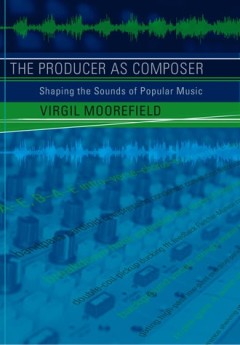
The Producer as Composer: Shaping the Sounds of Popular Music
The evolution of the record producer from organizer to auteur, from Phil Spector and George Martin to the rise of hip-hop and remixing. In the 1960s, rock and pop music recording questioned the convention that recordings should recreate the illusion of a concert hall setting. The Wall of Sound that Phil Spector built behind various artists and the intricate eclecticism of George Martin's rec…
- Edition
- -
- ISBN/ISSN
- 9780262335195
- Collation
- -
- Series Title
- -
- Call Number
- -
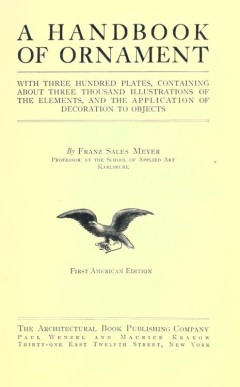
Handbook of ornament; a grammar of art, industrial and architectural designin…
Abbyy GZ,Animated GIF,Archive BitTorrent,Cloth Cover Detection Log,DjVuTXT,Djvu XML,Dublin Core,EPUB,Item Tile,MARC,MARC Binary,MARC Source,Metadata,OCR Page Index,OCR Search Text,Page Numbers JSON,Scribe Scandata ZIP,Single Page Processed JP2 ZIP,Single Page Raw JP2 ZIP,Text PDF,chOCR,hOCR
- Edition
- -
- ISBN/ISSN
- -
- Collation
- xiv, 548 p. 23 cm
- Series Title
- -
- Call Number
- -
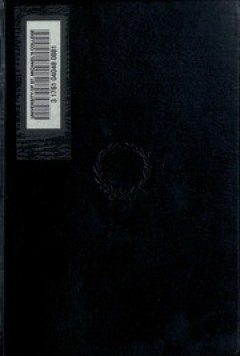
Life and writings of Arthur Schopenhauer
The masters of philosophy in Germany have generally been the University professors ; in England, members of the outside public ; causes and effects, advantages and disadvantages of each of these circumstances ; Schopenhauer more akin to the English than to the German philosopher ; fundamental differences between his early training and that of his German predecessors ; his contempt for the histo…
- Edition
- -
- ISBN/ISSN
- 369018948
- Collation
- kellylibrary; toronto
- Series Title
- -
- Call Number
- AWG-1134
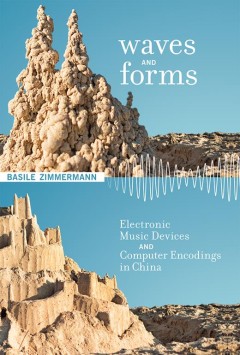
Waves and Forms: Electronic Music Devices and Computer Encodings in China
An examination of the relationship between technical objects and culture in contemporary China, drawing on concepts from science and technology studies. Technical objects constrain what users do with them. They are not neutral entities but embody information, choices, values, assumptions, or even mistakes embedded by designers. What happens when a technology is designed in one culture and us…
- Edition
- -
- ISBN/ISSN
- 9780262328159
- Collation
- -
- Series Title
- -
- Call Number
- -
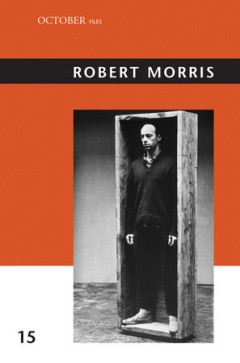
Robert Morris
Essays, an interview, and a roundtable discussion on the work of one of the most influential American artists of the postwar period. This October Files volume gathers essays, an interview, and a roundtable discussion on the work of Robert Morris, one of the most influential American artists of the postwar period. It includes a little-known text on dance by Morris himself and a never-before-a…
- Edition
- -
- ISBN/ISSN
- 9780262316507
- Collation
- -
- Series Title
- -
- Call Number
- -
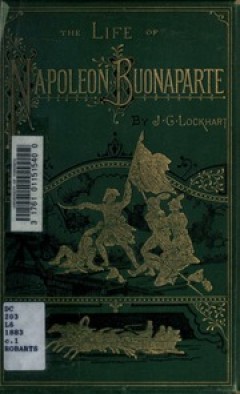
The life of Napoléon Buonaparte
Napoleon employed every device to make Beaulieu believe that he designed to attempt the passage of the Po at Valenza ; and the Austrian, a man of routine, who had himself crossed the river at that point, was easily persuaded that these demonstrations were sincere. Meanwhile, his crafty antagonist executed a march of incredible celerity upon Placenza, fifty miles lower down the river ; and appea…
- Edition
- -
- ISBN/ISSN
- 697124319
- Collation
- -
- Series Title
- -
- Call Number
- AAC-2015
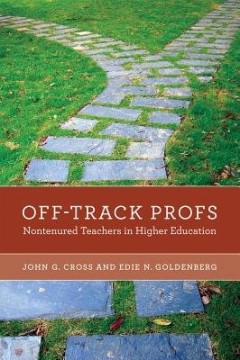
Off-Track Profs: Nontenured Teachers in Higher Education
An investigation of non-tenure-track faculty at ten elite research universities and the implications for undergraduate education, institutional governance, and American preeminence in higher education.OCLC-licensed vendor bibliographic record.
- Edition
- -
- ISBN/ISSN
- 9780262255417
- Collation
- 1 online resource (xii, 196 pages) :illustrations
- Series Title
- -
- Call Number
- -
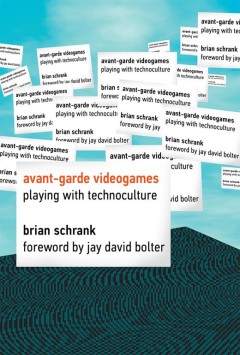
Avant-garde Videogames: Playing with Technoculture
An exploration of avant-garde games that builds upon the formal and political modes of contemporary and historical art movements. The avant-garde challenges or leads culture; it opens up or redefines art forms and our perception of the way the world works. In this book, Brian Schrank describes the ways that the avant-garde emerges through videogames. Just as impressionism or cubism created a…
- Edition
- -
- ISBN/ISSN
- 9780262322713
- Collation
- -
- Series Title
- -
- Call Number
- -
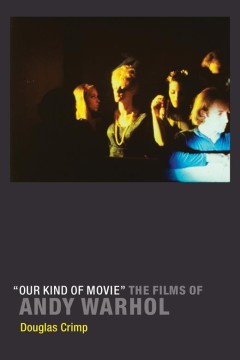
"Our Kind of Movie": The Films of Andy Warhol
A celebrated writer on contemporary art and queer culture argues that Andy Warhol's films enable us to see differently, and to see a different world. “We didn't think of our movies as underground or commercial or art or porn; they were a little of all of those, but ultimately they were just 'our kind of movie.'” —Andy Warhol Andy Warhol was a remarkably prolific filmmaker, creating …
- Edition
- -
- ISBN/ISSN
- 9780262315258
- Collation
- -
- Series Title
- -
- Call Number
- -
 Computer Science, Information & General Works
Computer Science, Information & General Works  Philosophy & Psychology
Philosophy & Psychology  Religion
Religion  Social Sciences
Social Sciences  Language
Language  Pure Science
Pure Science  Applied Sciences
Applied Sciences  Art & Recreation
Art & Recreation  Literature
Literature  History & Geography
History & Geography